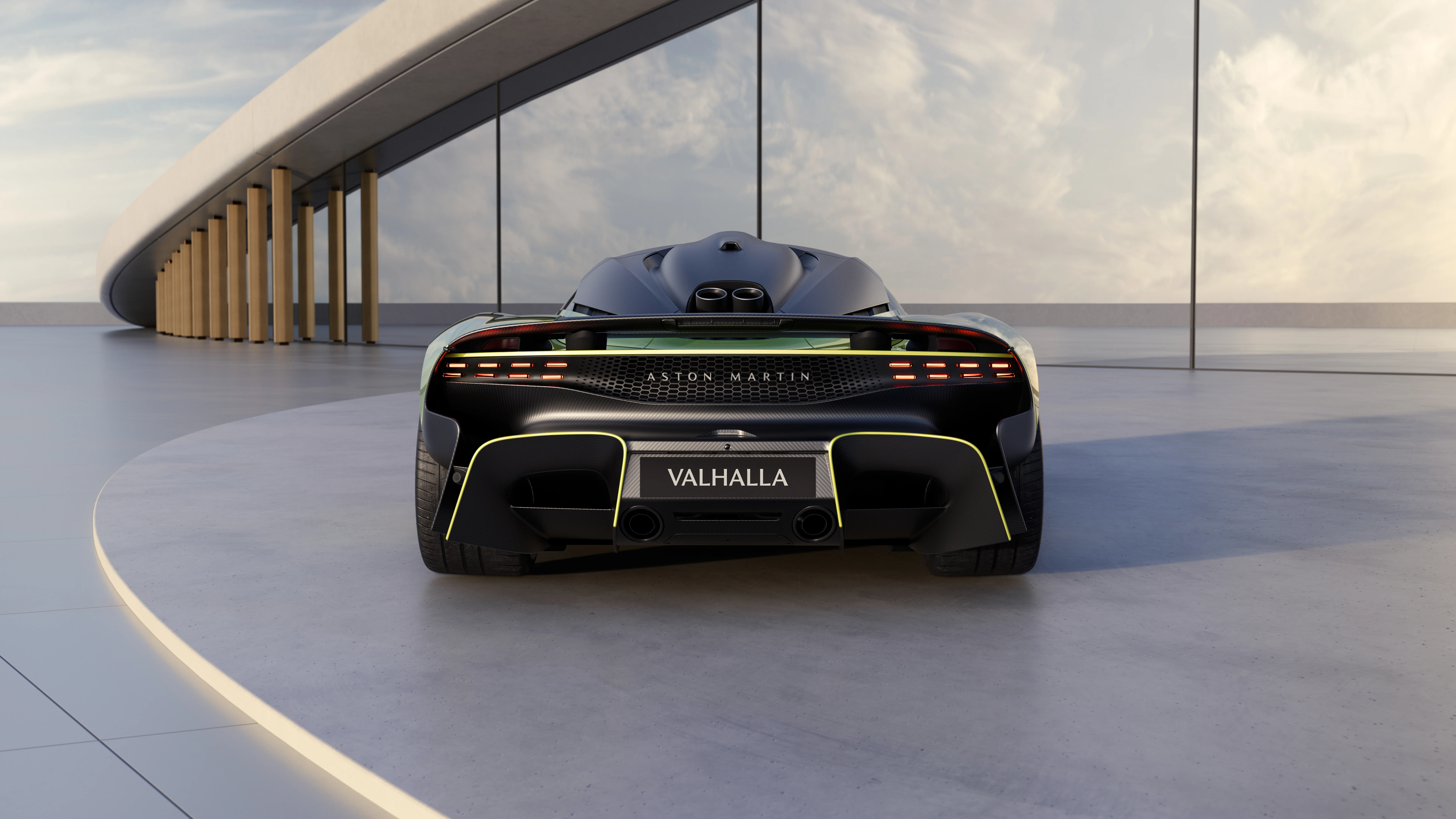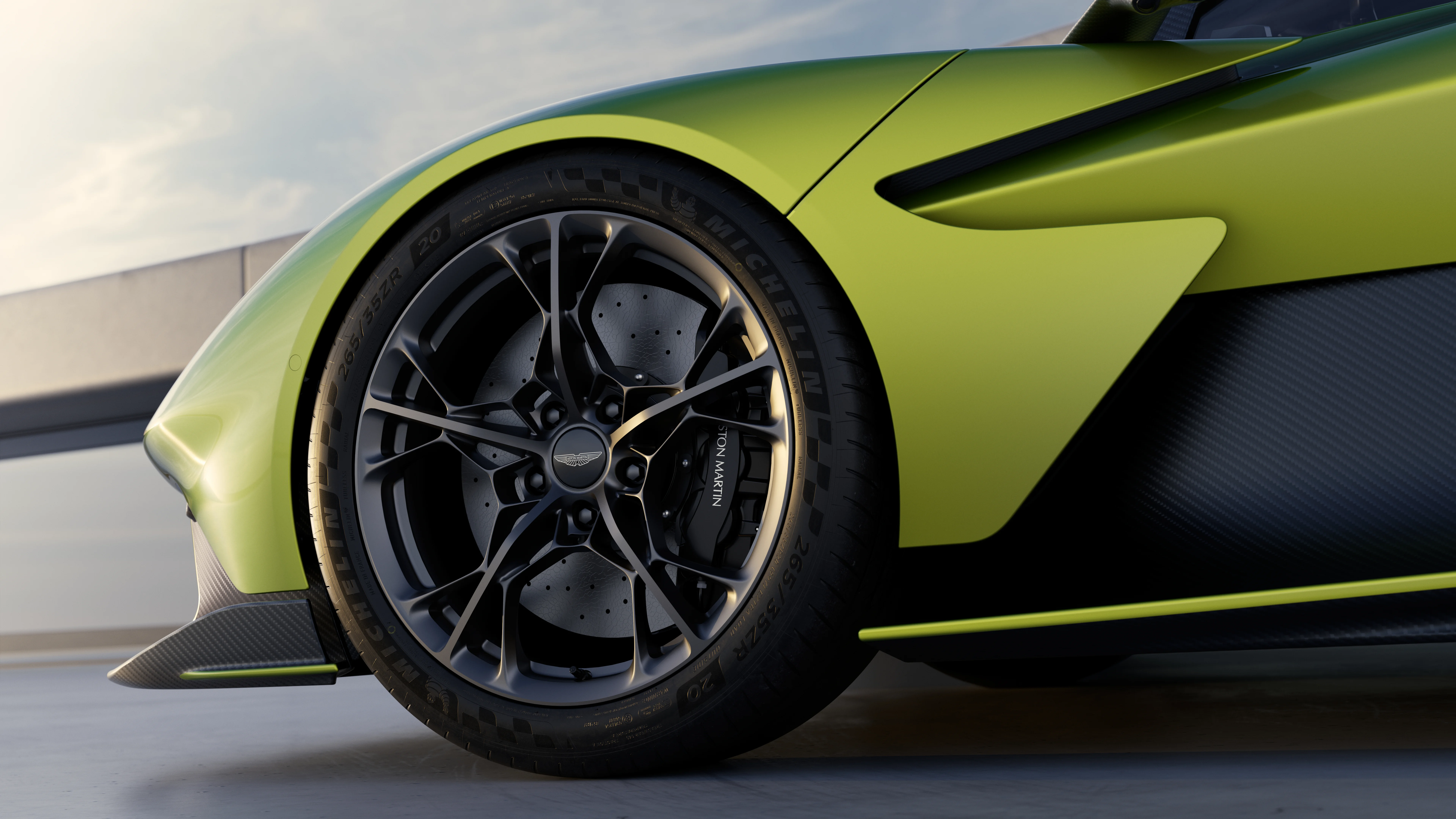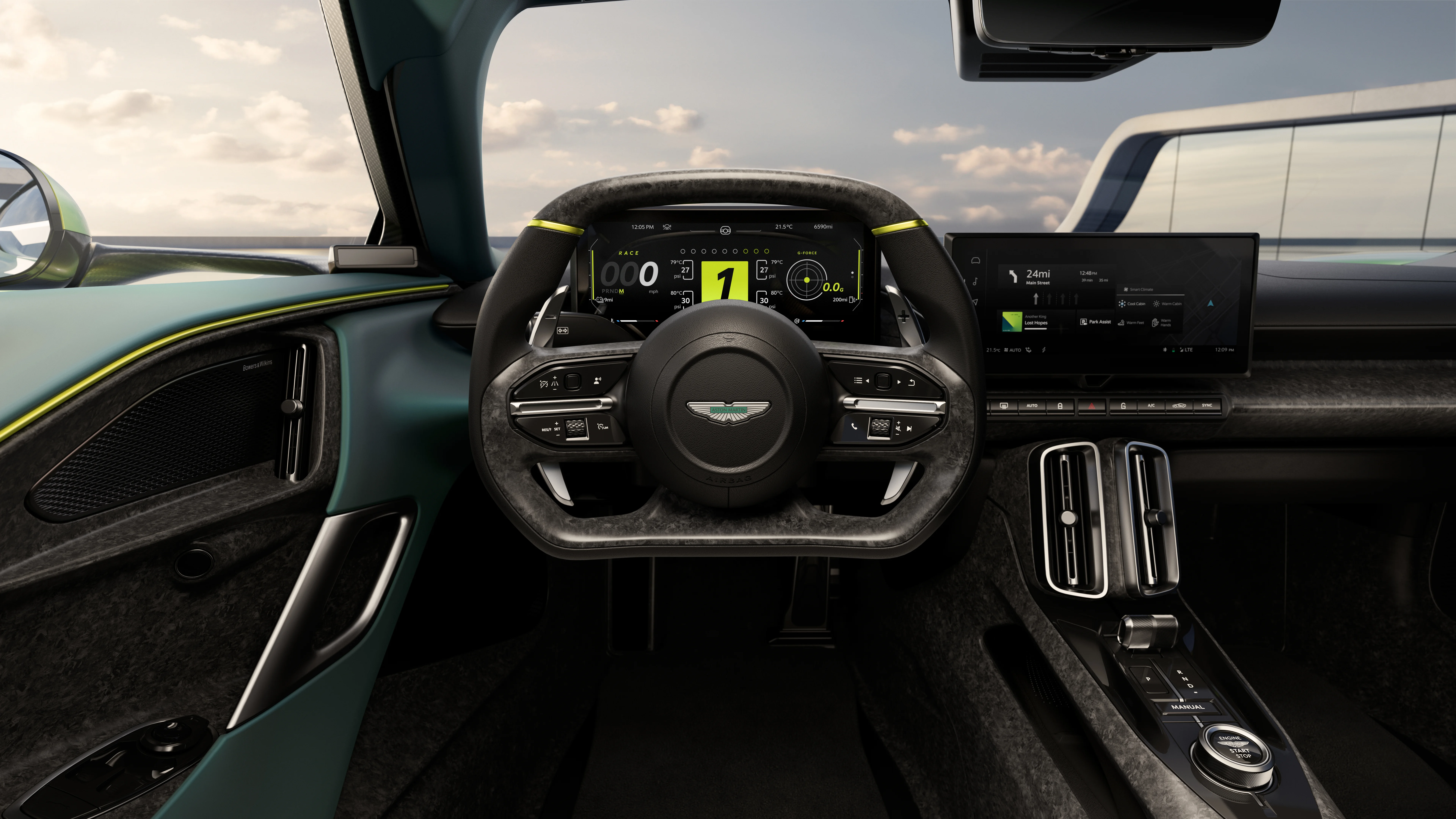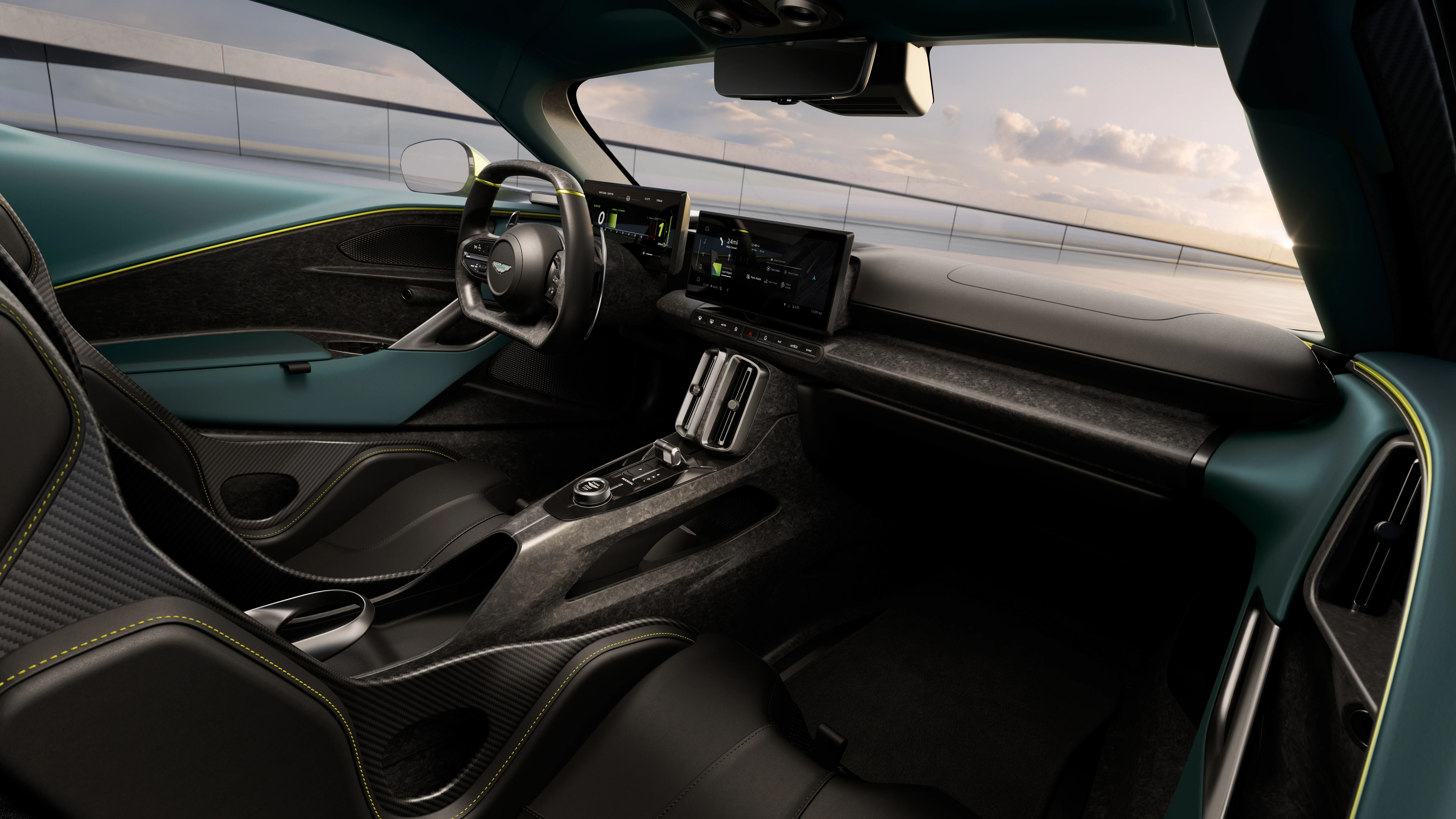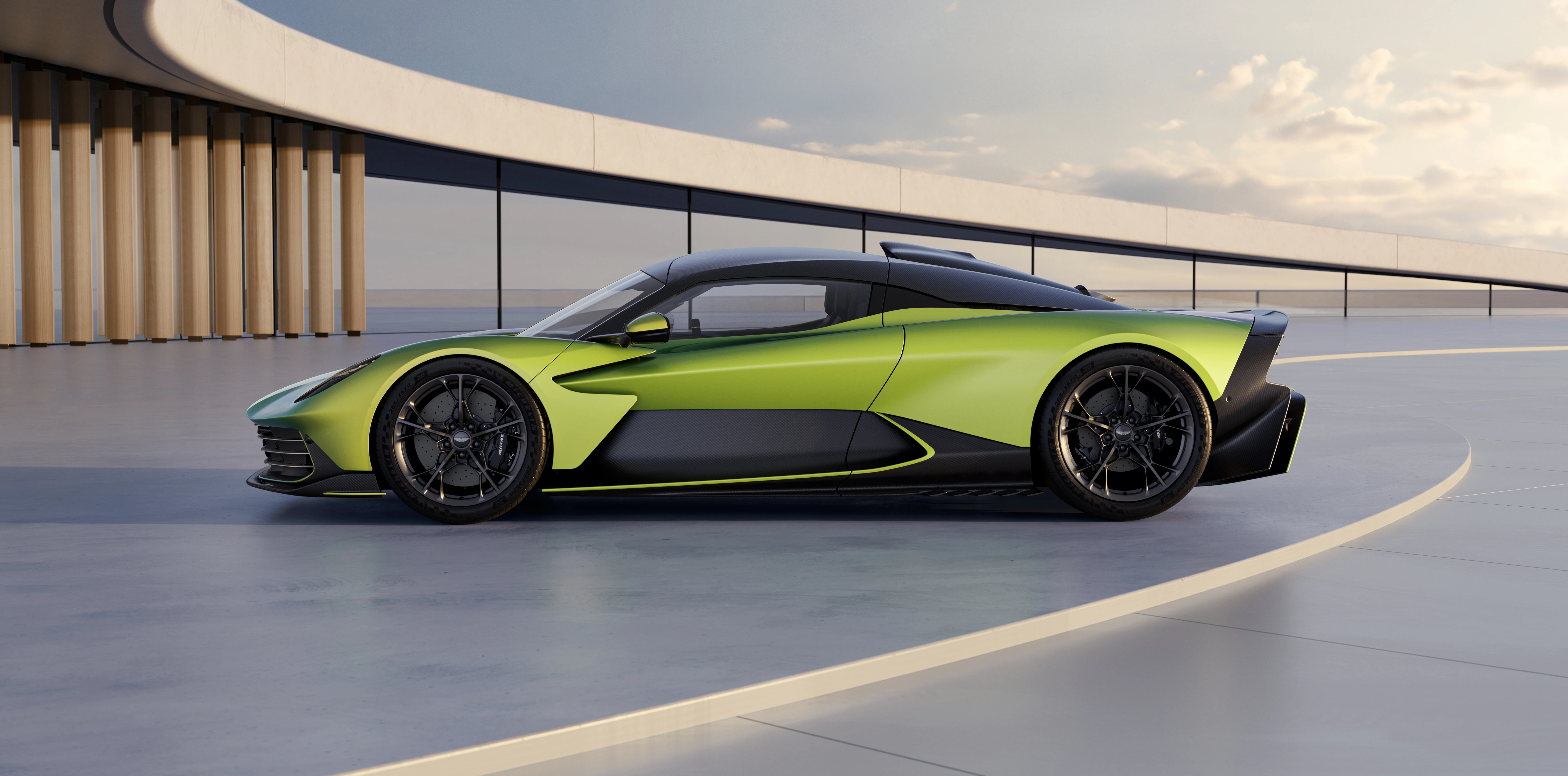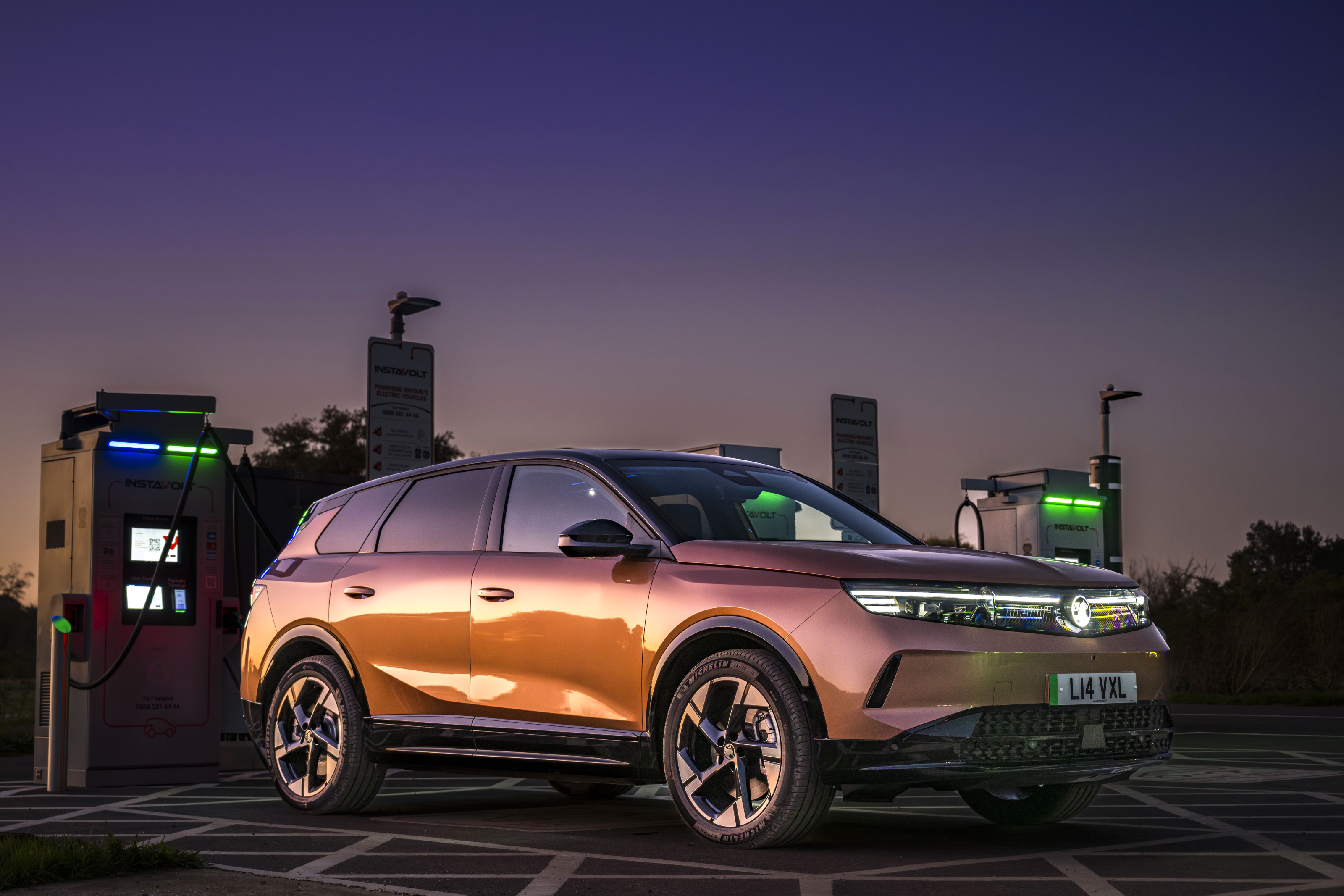Aston Martin has long been synonymous with luxury, elegance, and performance, and with the introduction of the Valhalla, the brand has elevated its legacy to new heights. As Aston Martin’s first true mid-engined supercar, the Valhalla marks a pivotal moment in the brand’s evolution, blending the cutting-edge performance of the Valkyrie hypercar with the more accessible world of ultra-luxury supercars. Limited to just 999 units, it’s a rarefied machine that captures the heart of every automotive enthusiast while creating a fresh path for Aston Martin in the ever-competitive supercar market.
Design: A Masterpiece of Form and Function
At first glance, the Valhalla is unmistakably Aston Martin, yet a closer look reveals an entirely new chapter in their design philosophy. The car’s carbon fiber body is both a technical marvel and a visual masterpiece. Every curve, line, and surface serves a purpose, seamlessly blending aerodynamics with aesthetics.
-
Aerodynamic Innovation: The absence of a fixed rear wing, often seen in many hypercars, allowed the designers the freedom to create a shape that is both functional and beautiful. The dihedral forward-hinged doors are not just a dramatic design statement; they are practical too, with lowered sills, roof cutouts, and a forward A-pillar position that makes entering and exiting easier than you'd expect for a supercar. The doors also feature an aerodynamic integration—a door-turning vane—which channels air exiting from the front wheel arches to improve cooling efficiency by 50%, enhancing engine and transmission oil cooling.
-
Snorkel and Fueling: A striking F1-inspired snorkel on the roofline serves multiple functions, directing air to the engine intake and intercoolers, all while maintaining the purity of the car’s elegant silhouette. Flanking the snorkel, the wing-like opening panels provide access to essential fuel, oil, coolant fillers, and the car's plug-in hybrid system charging ports.
-
Rear Aerodynamics: At the back, the car’s venturi tunnels accelerate airflow beneath the vehicle to generate downforce, while framing the quad-exhaust system. The tailpipes are positioned to create an auditory experience while optimizing exhaust flow and enhancing the car's sound character. Aston Martin's signature 3D light blades help with heat extraction from the rear, while also serving as a visual spectacle.
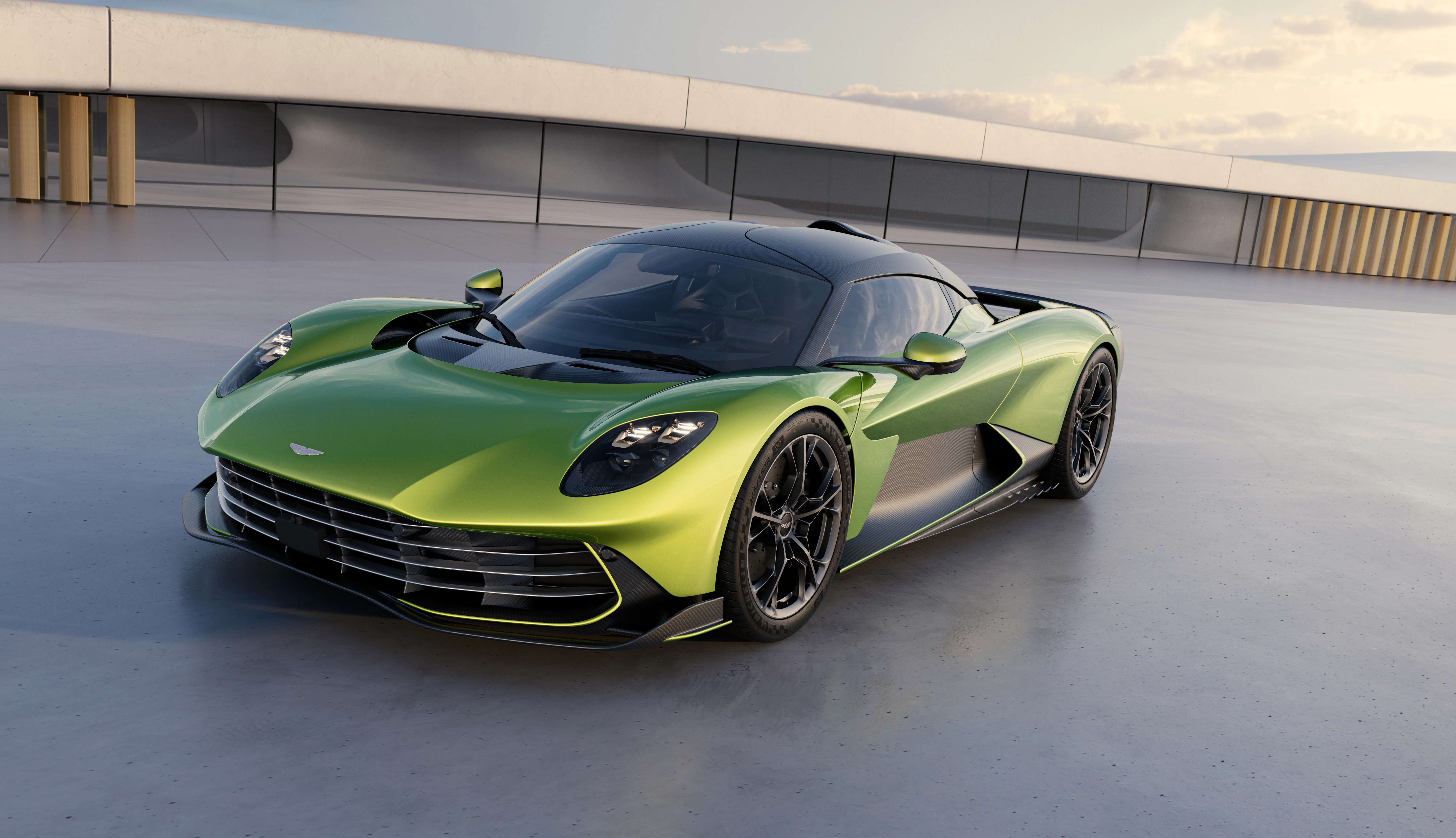
Craftsmanship Meets Innovation: The Interior
The Valhalla's interior is a harmonious blend of luxury and minimalism, drawing heavy inspiration from Formula 1. Every element in the cabin has been designed to enhance the driver’s connection to the car, ensuring a pure driving experience.
-
Driver-Centric Design: Raised footwells and one-piece carbon fiber seats put the driver in an ergonomically optimal position, enhancing the connection between driver and machine. Every detail, from the F1-style steering wheel to the clean layout of the controls, ensures the focus remains on performance.
-
Amphitheatre Line: The interior features Aston Martin's innovative Amphitheatre line, which surrounds the cabin, creating a cocoon-like environment. A floating instrument panel, mounted on a carbon brace, is visually striking while housing an advanced Human-Machine Interface (HMI) system. This system shifts seamlessly between road and track modes, offering race-inspired metrics, like a tachometer, and a full-screen navigation map.
-
Sustainable Luxury: The cabin also reflects a focus on sustainability, with recycled and forged carbon fiber extensively used to reduce weight while adding a unique visual character to the interior. Customers can choose between painted or exposed carbon finishes for the exterior, and have the opportunity to personalize the car further with bespoke lacquer tints in red, blue, or green.
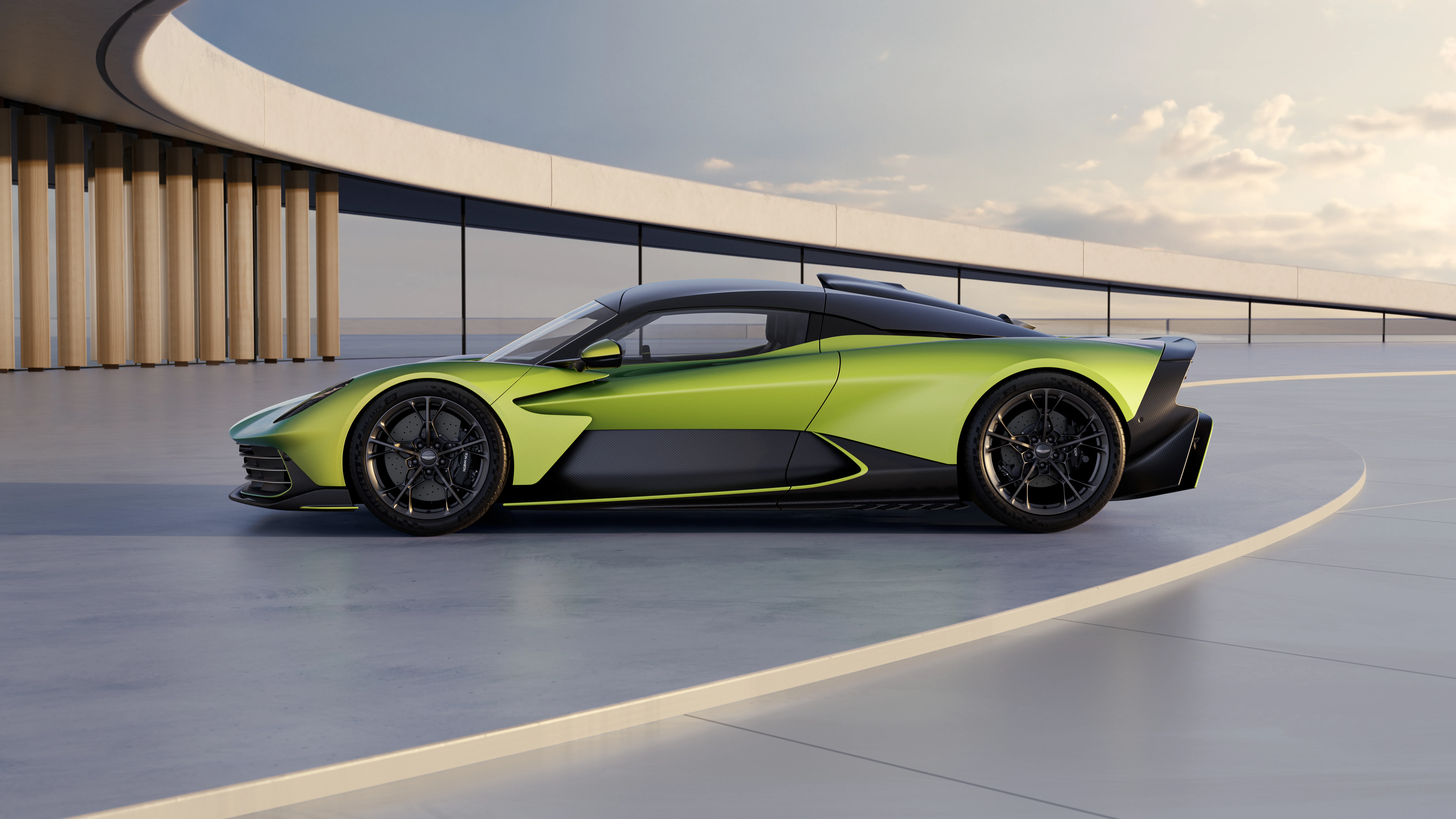

A Bold Step Forward in Aston Martin’s Legacy
Marek Reichman, Aston Martin's Chief Creative Officer, sees the Valhalla as a new chapter for the brand. "This striking new aesthetic reflects the unique synergies between Aston Martin’s exemplary approach to design and Aston Martin Performance Technologies' mastery of materials and aerodynamics. The result is a supercar of unparalleled purity," says Reichman. Indeed, the Valhalla is more than just a car; it is a vision for the future, where beauty, efficiency, and performance coexist in perfect harmony.
With deliveries set to begin in 2025, the Valhalla is poised to redefine the mid-engined supercar segment. It combines the cutting-edge technology, breathtaking design, and timeless allure of Aston Martin, offering a rare opportunity to own a piece of automotive perfection. With only 999 units being made, it’s clear the Valhalla is a masterpiece in every sense—a true reflection of Aston Martin’s legacy and a glimpse into the future of hyper-luxury performance vehicles.
